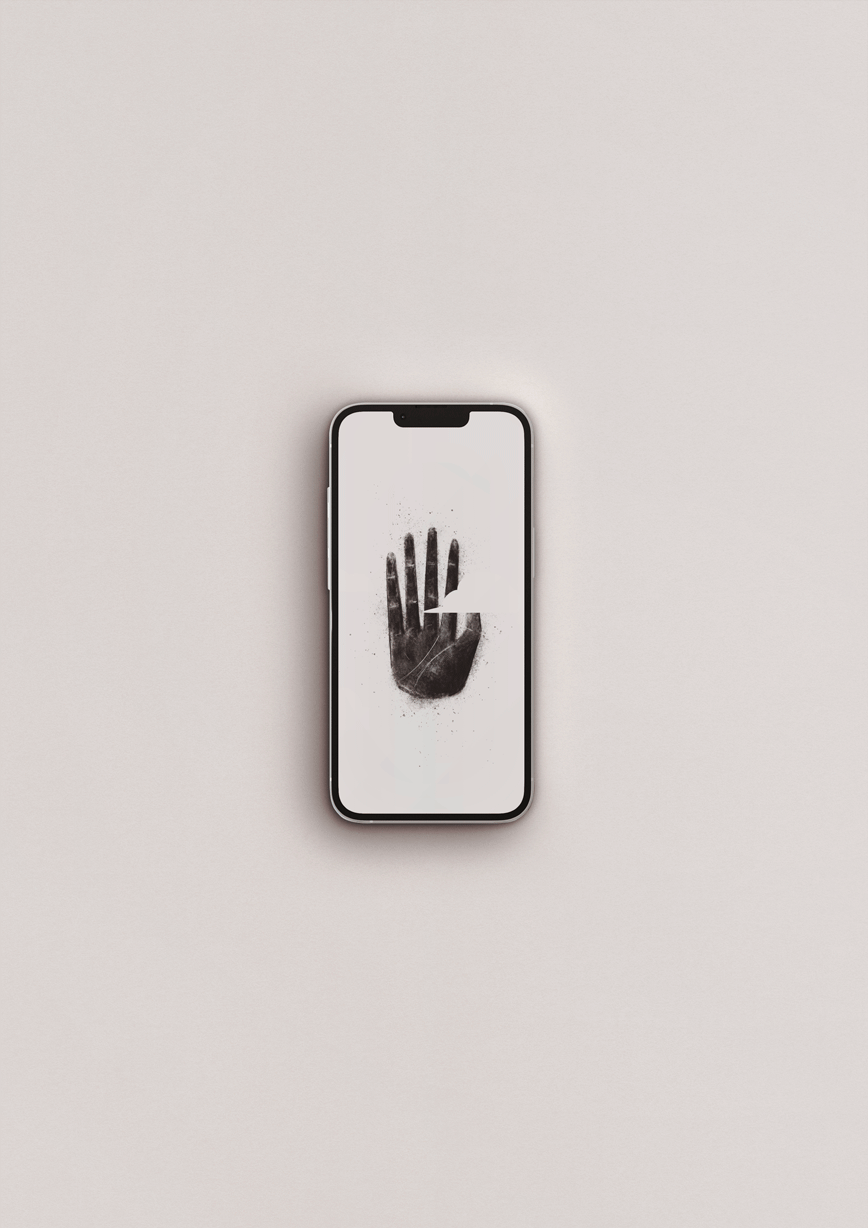why announce death today?
To announce a death in our Western cultures today, there are no 30,000 solutions: the telephone (call or text message) for loved ones, social networks or even sometimes the local newspaper for the rest of the world. For the average person, there's no need for printed invitations: people are informed of the time and place of the ceremony by similar means.
And that's normal! Between tight deadlines, administrative details, the vagaries of the Post Office and the emotions to be managed, sending an announcement or creating a special design for the big day is no longer a priority. And yet, ceremonies are one of today's most important funeral rituals.
a disappearing tradition
While it's understandable that we've lost this tradition to the speed of digital technology, the fact remains that there was a certain tenderness and kindness in sending a death announcement or condolence card: the creation of a special moment, as much for the person sending it as for the person receiving it.
In the past, the appearance of the envelope with its black edges was a graphic sign clearly indicating the nature of the letter being sent. The recipient could then choose how he or she wished to receive the news: by opening the envelope immediately, or by waiting until he or she was in a more suitable place to receive the misfortune.
These famous black borders could also adorn the bereaved's personal stationery, informing those receiving our mail that she was still in mourning. They could sometimes vary in size and density depending on the proximity of the death: the thicker the outline, the more recent the bereavement. The borders were then reduced until they gradually reverted to normal stationery. It was customary for this mark of mourning to last only a year, but some, like Mark Twain (1835 - 1910), continued to express their grief using these graphic codes for up to 10 years after the death of their loved one.
A great way to keep memories alive, don't you think?
plus How can we rediscover this kindness, this connection to others and to our grief?
The idea here is not to reuse codes that have outlived their usefulness, but to offer an alternative. It's an opportunity to create new rituals - to reappropriate the old and create our own traditions.
By choosing a different medium and codes, I think it's possible to open up to a more personal and thoughtful way of paying tribute - to rediscover that connection that is so lacking today.
digital invitations
It was with this in mind that I developed animated death announcements. Both practical and respectful of bereaved families, the digital format enables immediate and more accessible dissemination of information, reducing the geographical distances that can sometimes separate families. This choice facilitates the inclusion of a greater number of people in the grieving process, offering everyone the chance to pay tribute to the deceased, wherever they may be.
An essential element of my creations, illustration work brings a more poetic dimension to these moments tinged with pain and sadness. By transforming a message of loss into a delicate visual work, they celebrate the life of the deceased while bringing comfort to loved ones.
Here, poetry takes its place in the midst of sadness, offering a pause, a breath of fresh air and a way of approaching this misfortune with tenderness and kindness.
Who says beauty can't go hand in hand with death?
